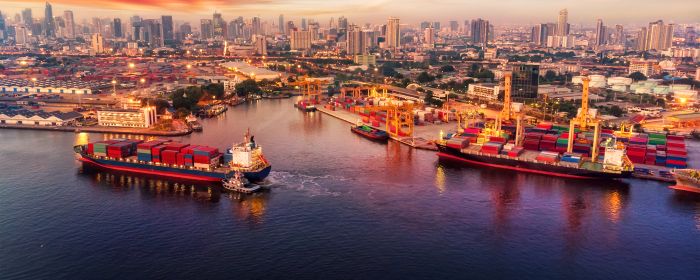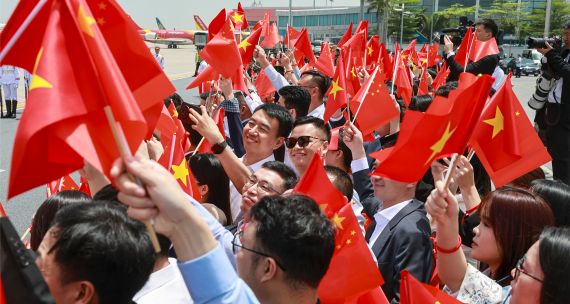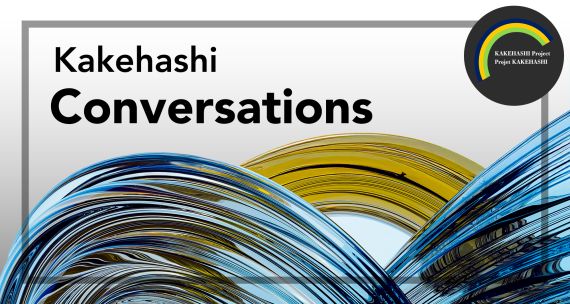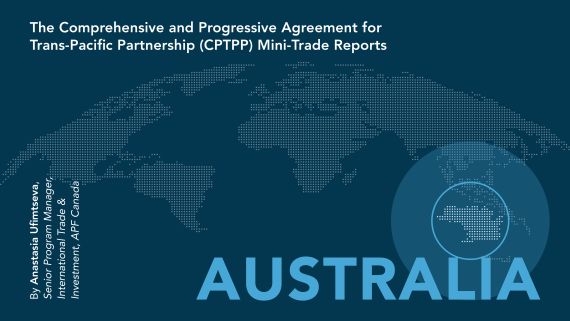After nearly a decade of negotiations, fifteen founding nations of the Regional Comprehensive Economic Partnership (RCEP) announced in November the world’s largest free trade agreement, covering approximately a third of the world’s population and economy.
Countries signing on include the ten Association of Southeast Asian Nations (ASEAN), and China, Japan, South Korea, Australia, and New Zealand. The agreement will come into force 60 days after it has been ratified by at least six ASEAN and three non-ASEAN signatories, a process that is expected to take until the latter half of this year at the latest. Australia is expected to ratify this year. After RCEP has come into force, there will be an 18-month moratorium on any new members beyond the original signatory nations. After the moratorium ends, presumably sometime in late 2022 or 2023, any outside nation is free to join with the consent of existing member nations. (The sole exception is India, which can join at any time. India is the only country that participated in RCEP negotiations but ultimately did not sign, dropping out in 2019. This exception recognizes India’s role in RCEP’s creation.)

A major accomplishment of RCEP is the harmonization of ‘rules of origin.’ Differing rules of origin between nations – or how a nation defines the country of origin of imported goods or services, which in turn determines the applicable tariffs or regulations the import is subject to – is an ongoing unpredictability in much of international trade. Harmonization of such rules among every RCEP nation will eliminate this unpredictability and encourage the creation of international supply chains among member nations.
Beyond harmonization of rules of origin, the initial scope of the agreement is modest in terms of a tangible reduction of trade barriers and is a far smaller commitment than other Asia Pacific centred agreements such as the Comprehensive and Progressive Agreement for Trans-Pacific Partnership (CPTPP). The CPTPP aims for swift elimination of all tariffs in multiple sectors and covers a wide range of non-tariff barriers such as differing labour or environmental standards. RCEP focuses almost completely on tariff reductions, usually up to only 90 per cent, and on a longer timescale. Nonetheless, it is expected to provide the impetus for a significant deepening of trade relations between signatory countries over the ensuing years and decades.
Beyond its implications for trade and the deepening of economic ties between member nations, the RCEP represents a major resurgence of economic multilateralism. The rise of hyper-nationalist political leadership of major world economies, as exemplified by U.S. President Donald Trump and Britain’s withdrawal from the European Union (EU), has set off a wave of analysis within the last half decade heralding the rise of ‘great power’ economic bilateralism replacing multilateralism and reversing economic globalization. The prospects for economic multilateralism were similarly diminished by the de facto moribund state of global multilateral trade negotiations sponsored by the World Trade Organization (WTO), whose last attempted trade round, the Doha Development Round, started in 2001, never reached any conclusion by its official deadline of 2005, and has gone nowhere for two decades.
While at present only covering a third of the world, RCEP in its scope and ambition is in a sense a return to the spirit of global multilateral trade liberalization originally exemplified by the WTO. If India joined, RCEP would immediately represent 40 per cent of the world’s economy and half the world’s population. In the short term, India is linking its entry into RCEP with its worsening bilateral relations with China, and will not join while they continue to worsen.
While RCEP encompasses the world’s second and third largest national economies (China and Japan), its genesis was multilateralism, being conceived and spearheaded by ASEAN. The historical primacy of ASEAN in RCEP is reflected in the new bloc’s internal governance. RCEP will be overseen by an ‘RCEP Joint Committee’ that will meet annually. The Committee will have two co-chairs, one selected from among ASEAN member nations, and the other selected from non-ASEAN member nations. The Committee’s annual meeting location will rotate year to year, from an ASEAN location to a non-ASEAN location.
This history and governance structure suggest that RCEP may be an ideal forum for ‘middle powers’ such as ASEAN, South Korea, and Australia to find a more equal footing in relationships with economic superpowers such as Japan, and particularly China.
The inclusion of both Australia and China within RCEP has attracted much notice and holds relevance for Canada. In terms of Australia and China’s bilateral economic and security relationship, RCEP could be considered, ironically, as both superfluous and necessary. Superfluous in that Australia is one of the few Western countries in the world to enjoy a bilateral free trade agreement with the third largest global economy, after the U.S. and the EU. This agreement came into effect in 2015 on terms that at the time were considered largely favourable to Australia. The Australian government has stated that RCEP will likely not provide any regulatory change nearly as significant to bilateral trade with China as the FTA already provides.
Nonetheless, despite their shared FTA, practically no country is at present facing as much economic wrath from China as Australia. As part of the security ‘Quad’ aimed at ‘containing’ China (Australia, U.S., India, and Japan), Australia has moved aggressively in diplomatic and security initiatives geared to counter China. In retaliation, China has imposed draconian tariffs and/or blockades on Australian imports of barley, wine, coal, timber, and lobster. Besides the more substantive trade gains Australia is set to enjoy with ASEAN, the Australian government sees RCEP as providing another multilateral forum with fellow middle powers for negotiating and formulating norms that can help moderate unilateral, anti-trade actions by China.
While not as perilous as present Australian-Chinese relations, Canadian relations with China are at their worst state since the start of formal diplomatic relations in 1970. The primary roadblock is the Chinese government’s continued detention of the ‘two Michaels’ in retaliation for the Canadian arrest for U.S. extradition of Huawei’s CFO Meng Wanzhou. This has had serious consequences for the bilateral economic relationship: Trade dipped in 2019 driven partly by Chinese blockages of Canadian meats and canola. Much more significantly, Canadian adoption of Huawei 5G technology, and further negotiations towards a bilateral FTA, are, politically speaking, out of the question for the foreseeable future; prospects for the latter still seemed relatively rosy even as recently as 2018.
Besides many other important benefits, such as increased trade with ASEAN or RCEP’s default status as the closest global mechanism existing to the two-decades-defunct WTO ‘rounds,’ a Canadian entry into RCEP has a potential upside for our relations with China. Like Australia, RCEP may provide a forum for Canada-China economic relations to advance, conducted within a framework of allied middle powers and multilateralism. In terms of political acceptability, it will be instructive to follow the debate that will occur as RCEP is brought to ratification by the Australian Parliament in 2021. Canada joining the historic agreement would be a clear sign of Canada’s commitment to a ‘diverse and inclusive’ Asia Pacific grounded in an emboldened spirit of global multilateralism.





